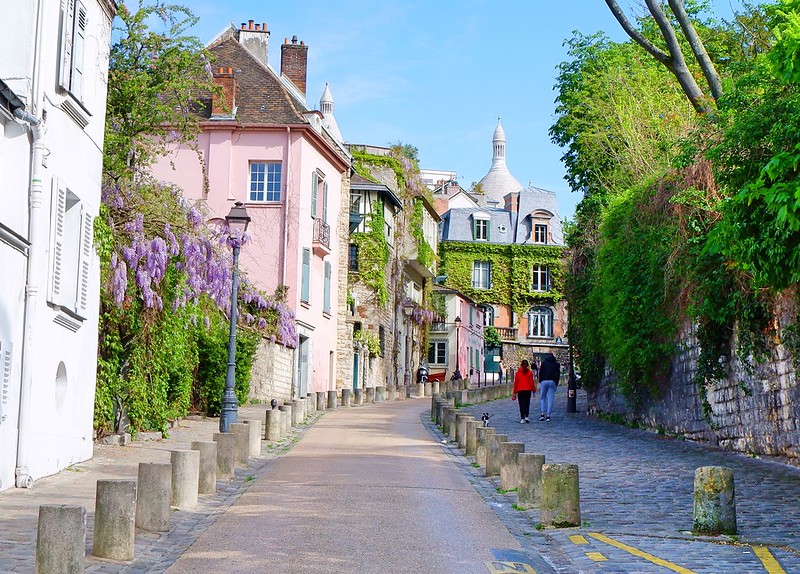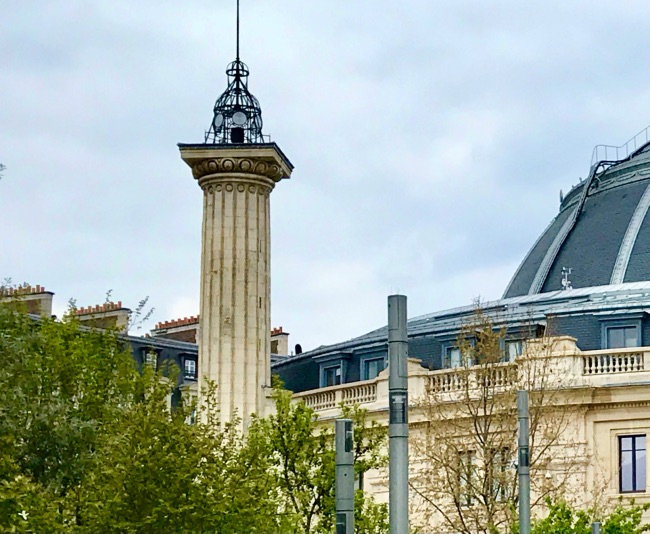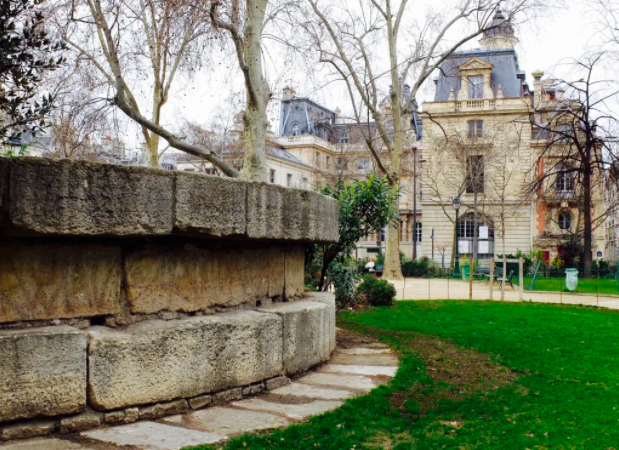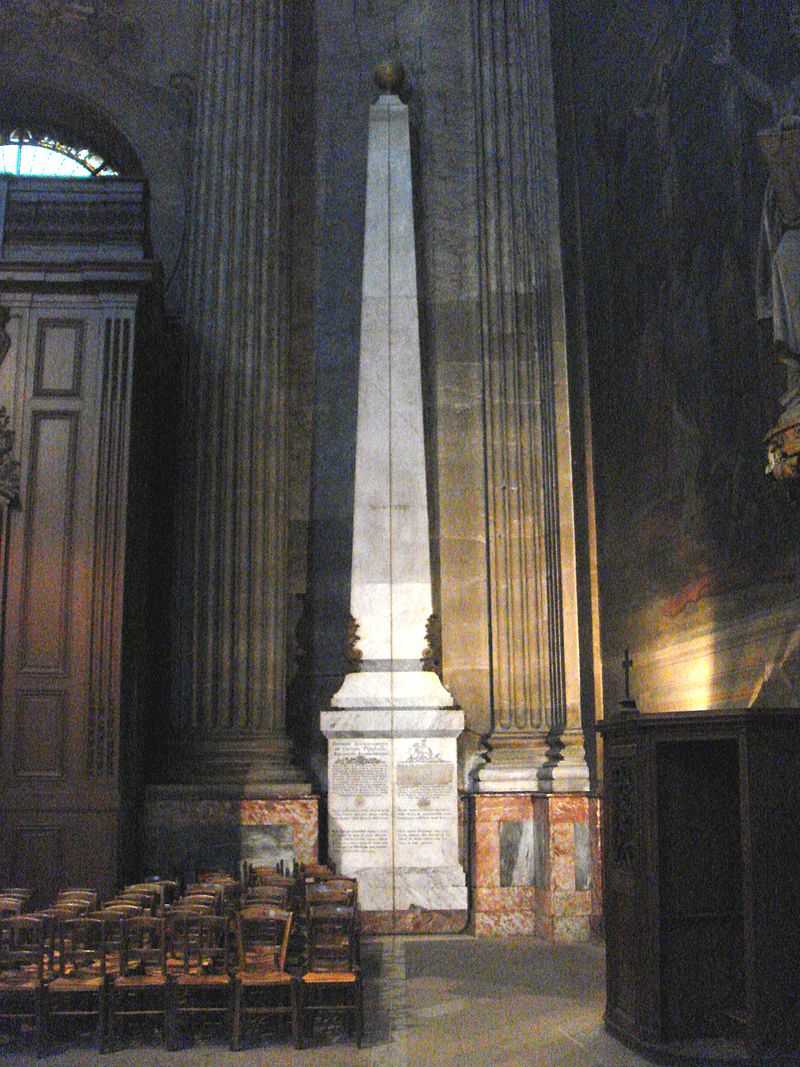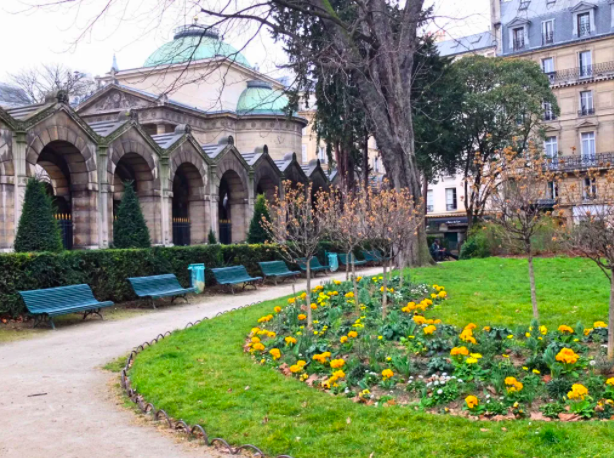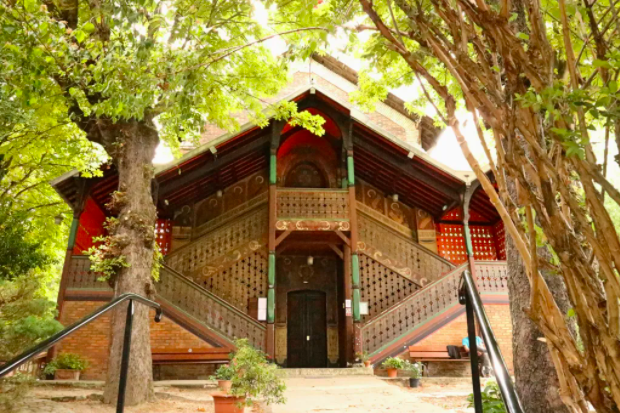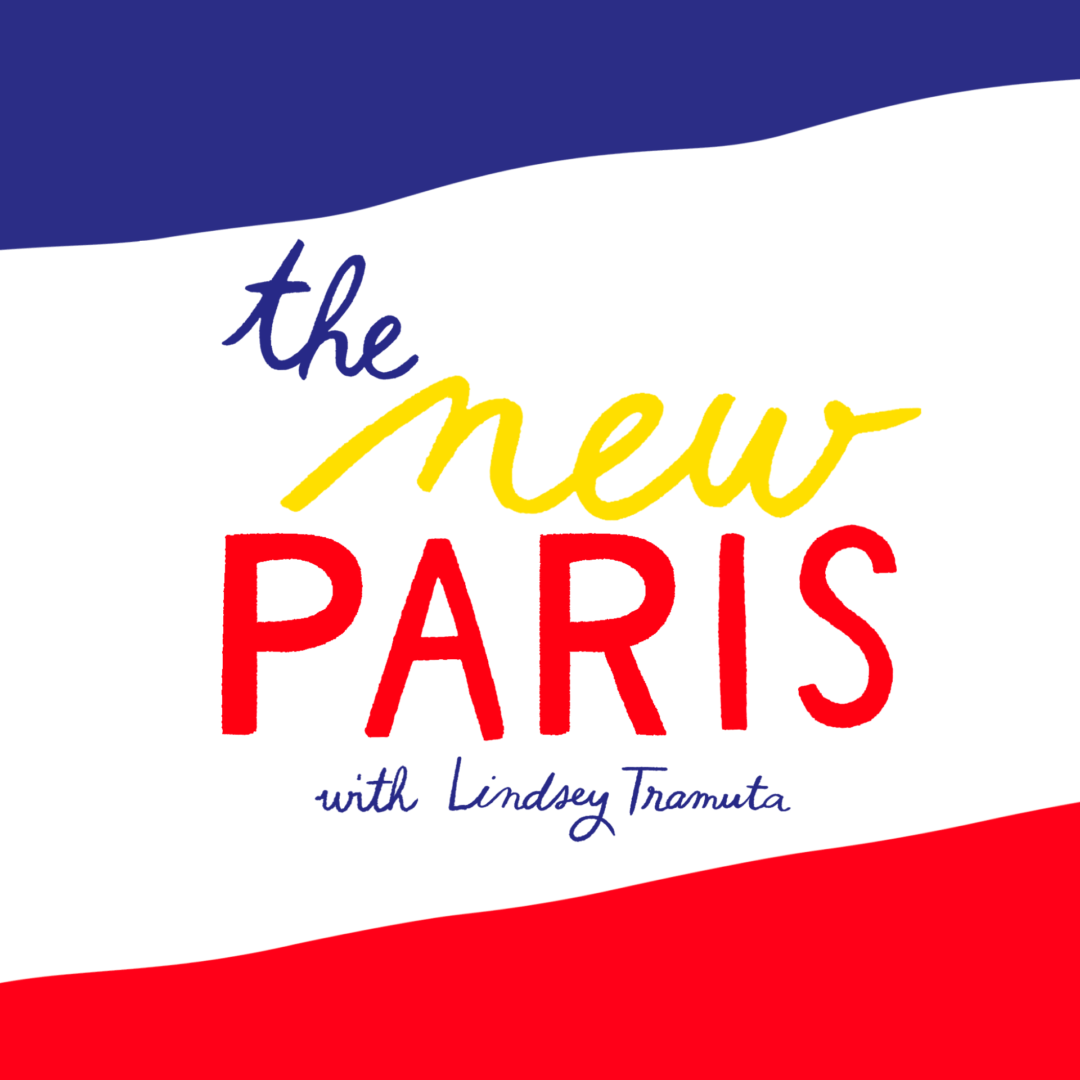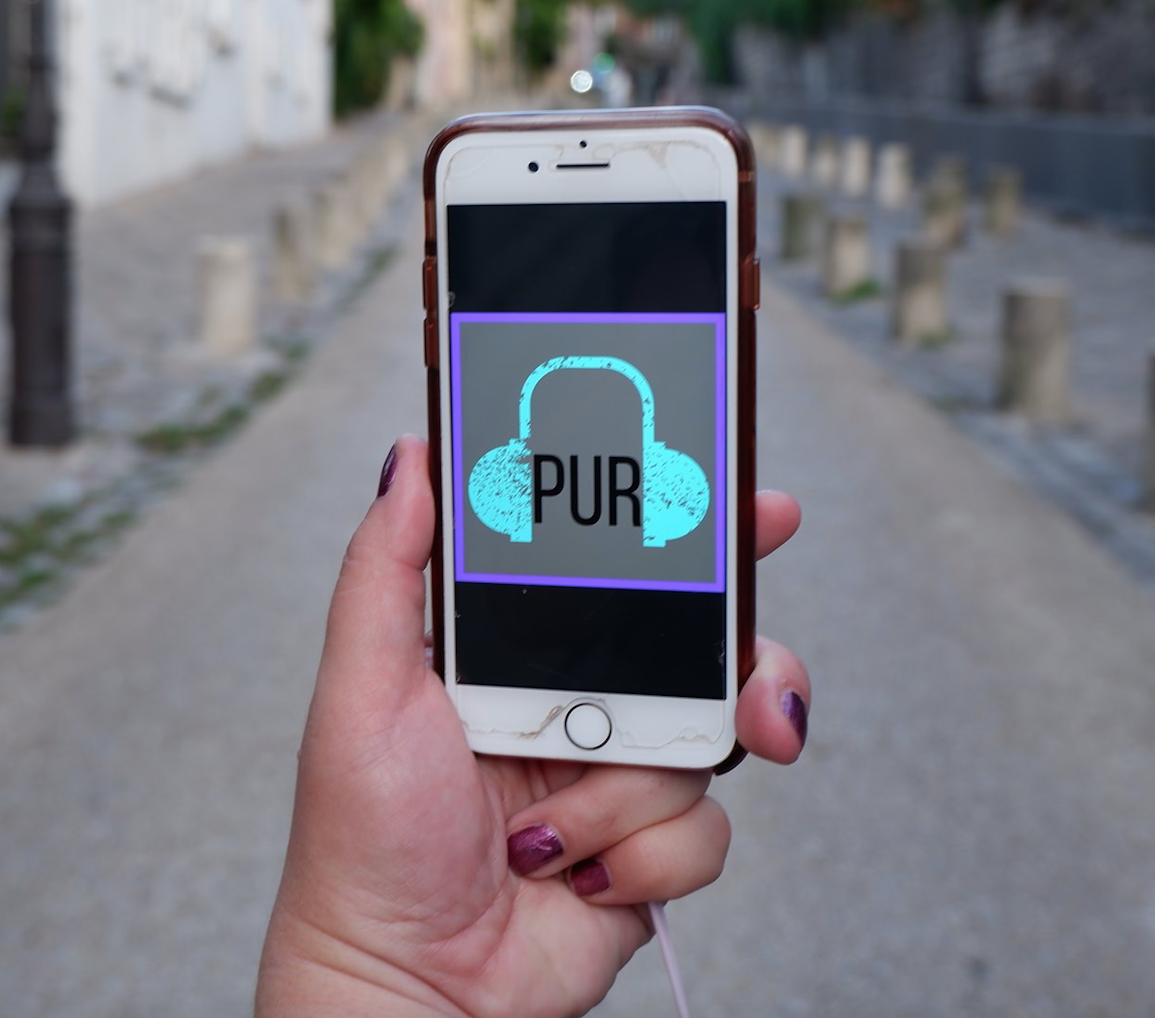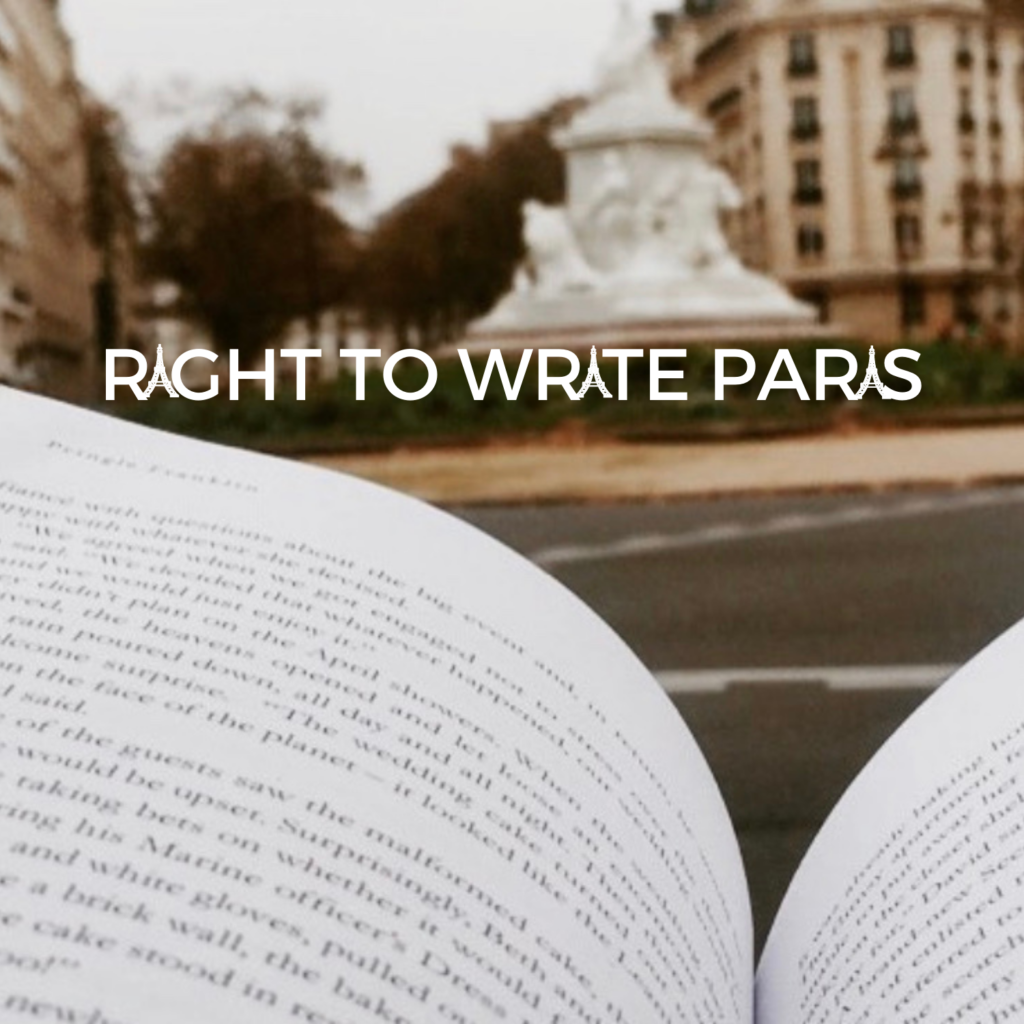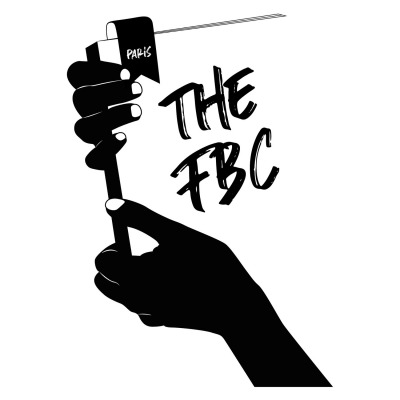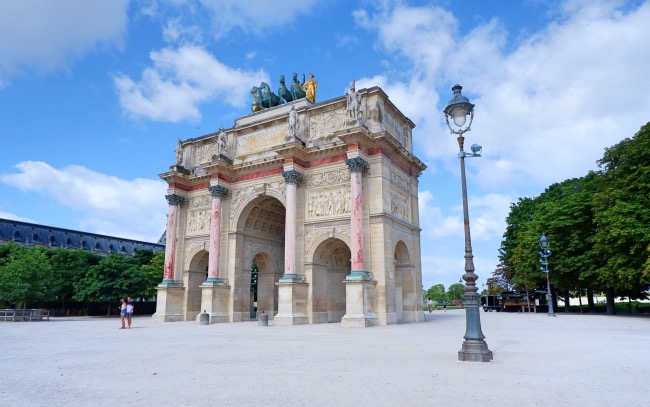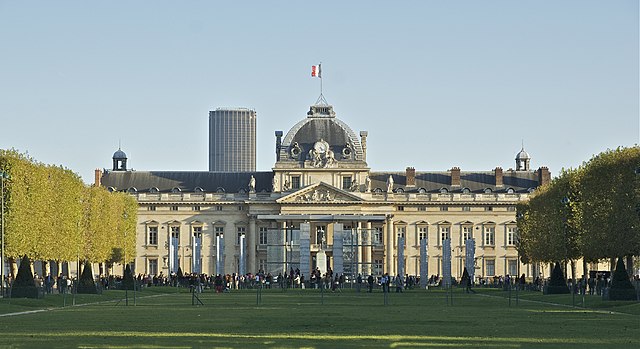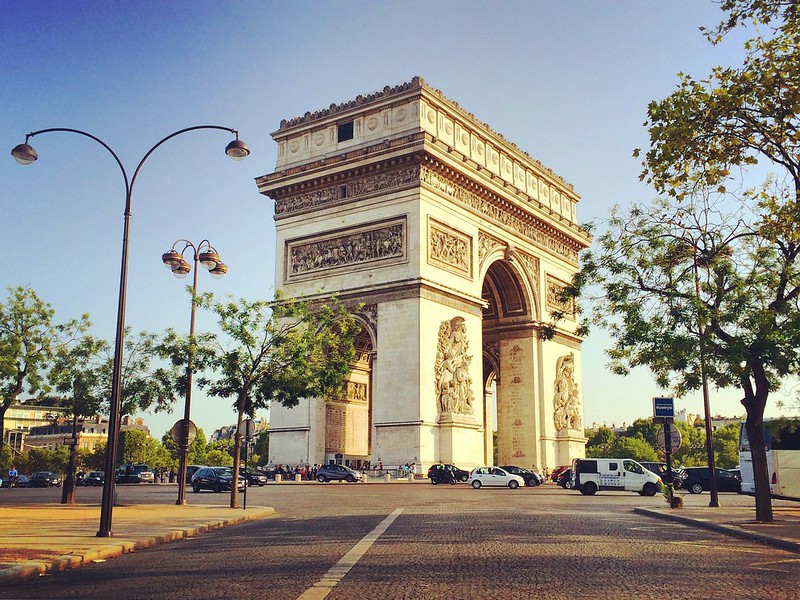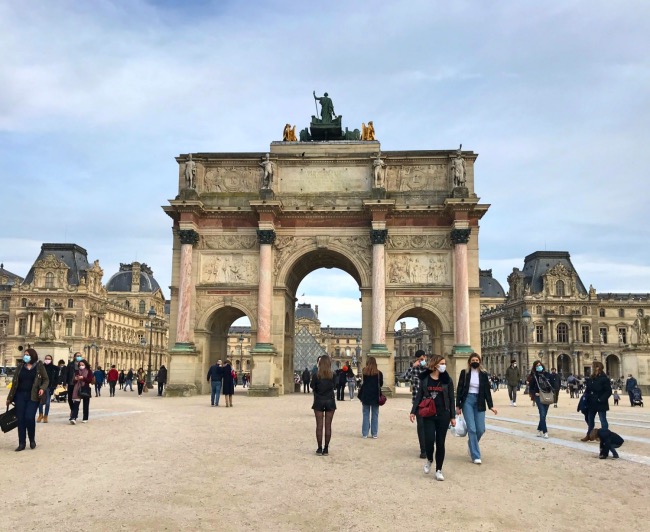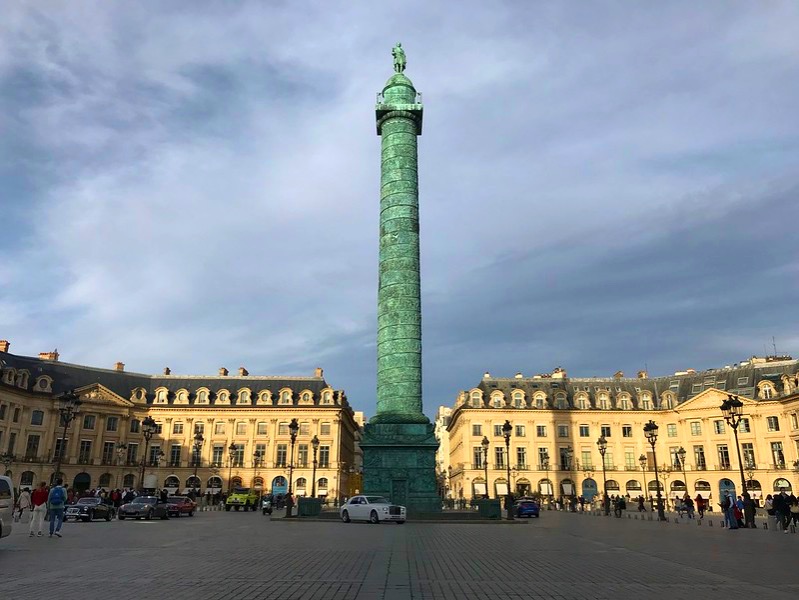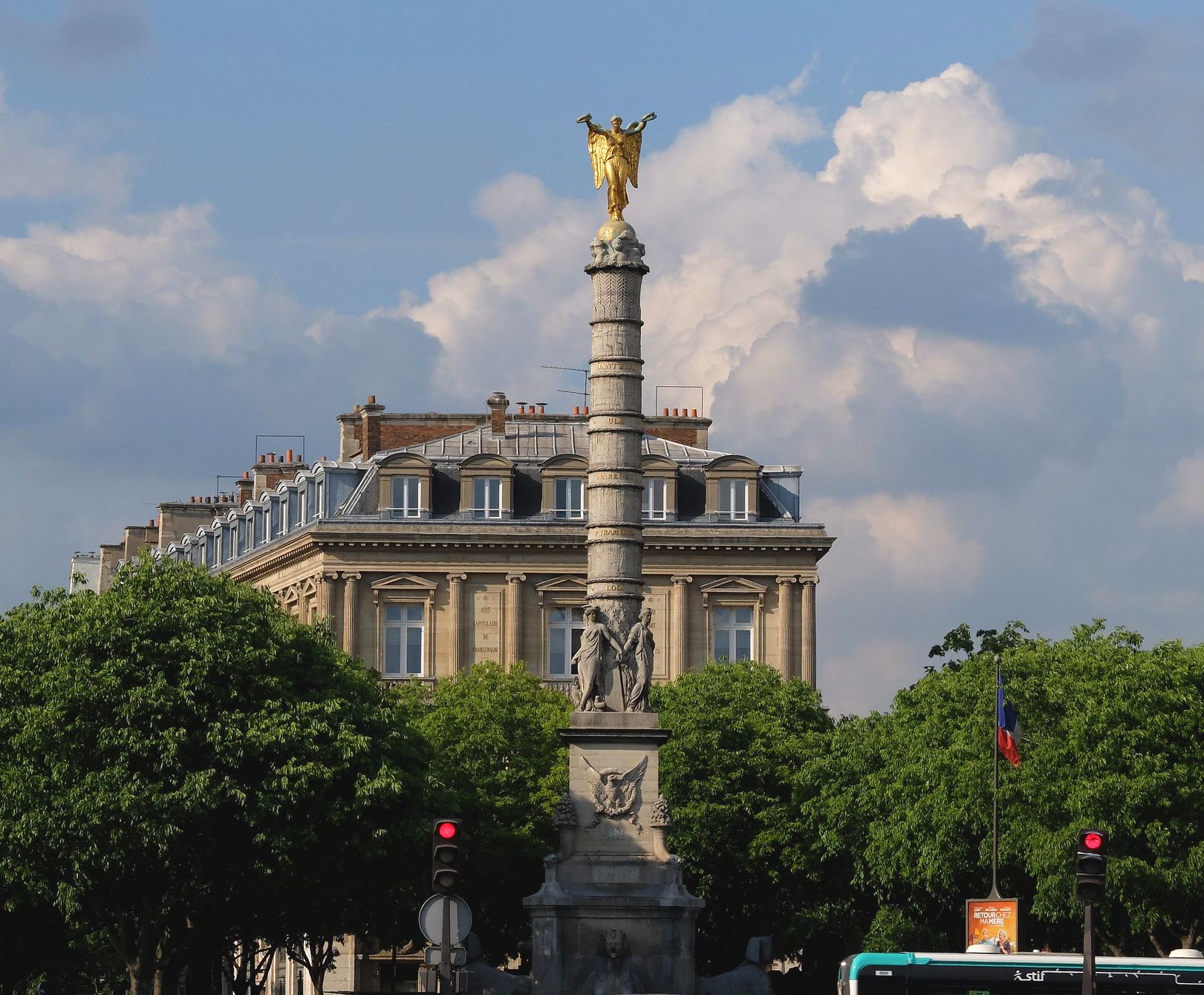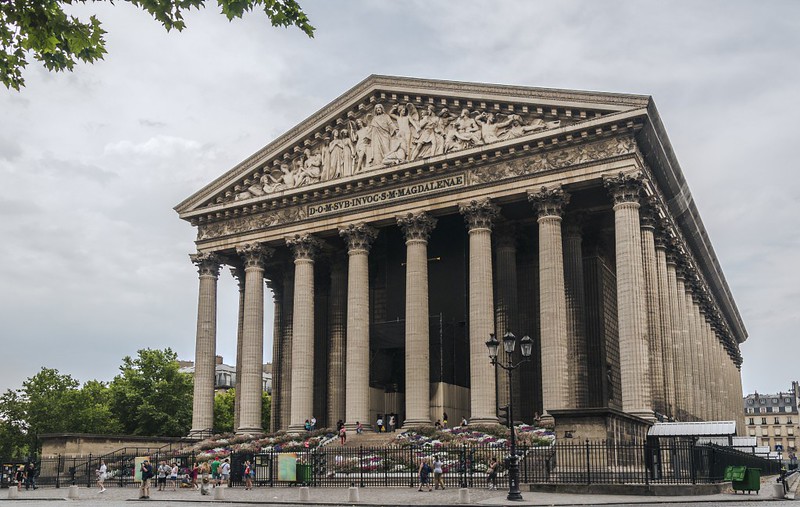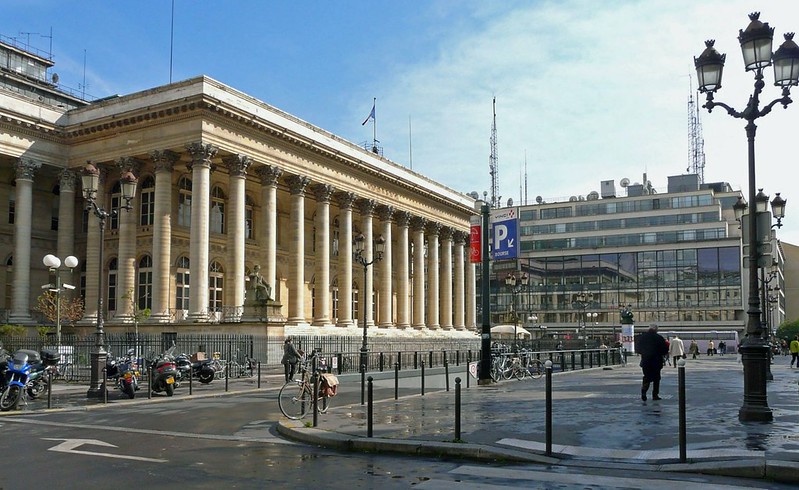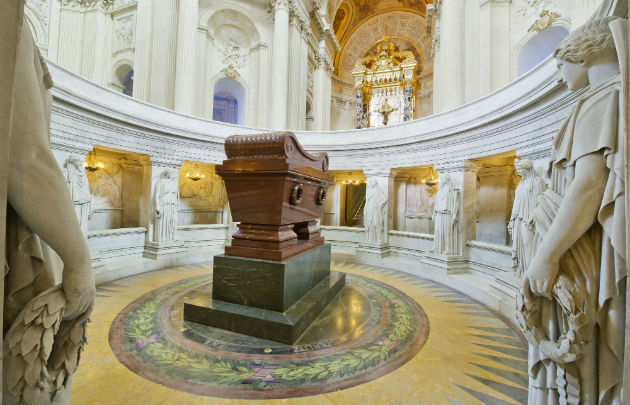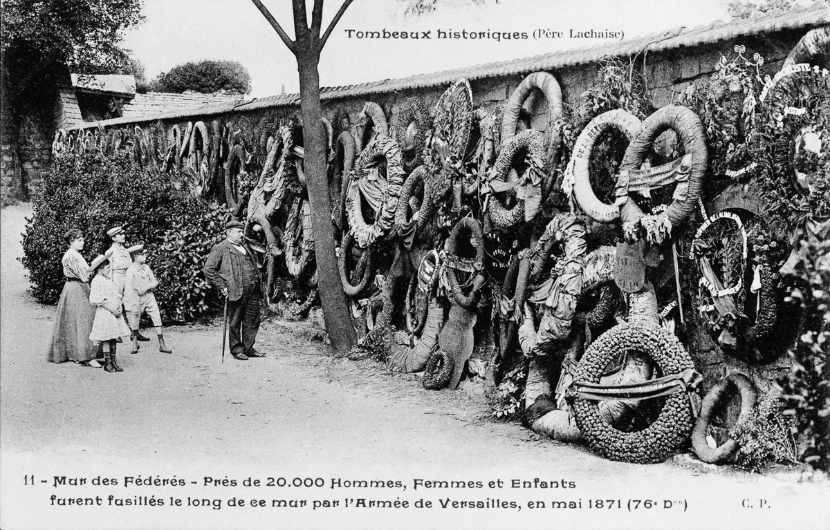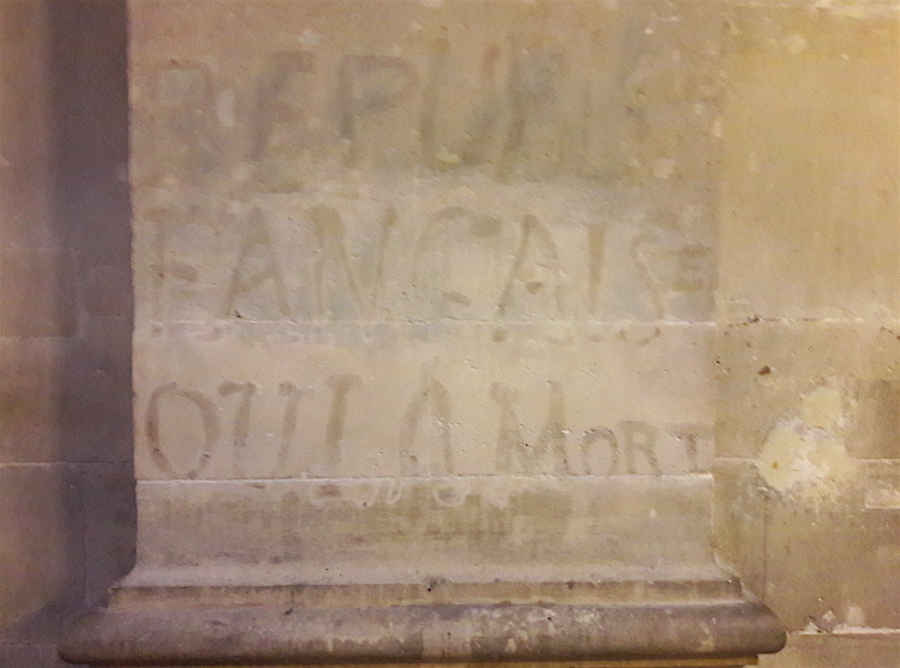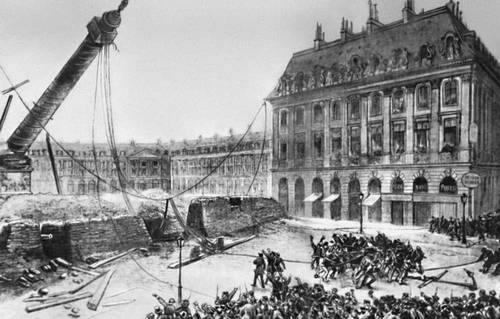Paris grew from its centre, around the Ile-de-la-Cité, outwards. Once walled, over the centuries the city burst beyond its boundaries and new fortifications would be built. As part of the vast mid-19th century urban renewal of Paris undertaken by Prefect Baron Haussmann and Napoleon III, in 1860 the space between Paris’s last pair of city walls was annexed. Amidst the fields and vineyards of this zone were a number of villages. Remnants of several of these remain and provide a fascinating look into the past. From Montmartre to the Butte-aux-Cailles, these charming village neighbourhoods are the perfect weekend outing.
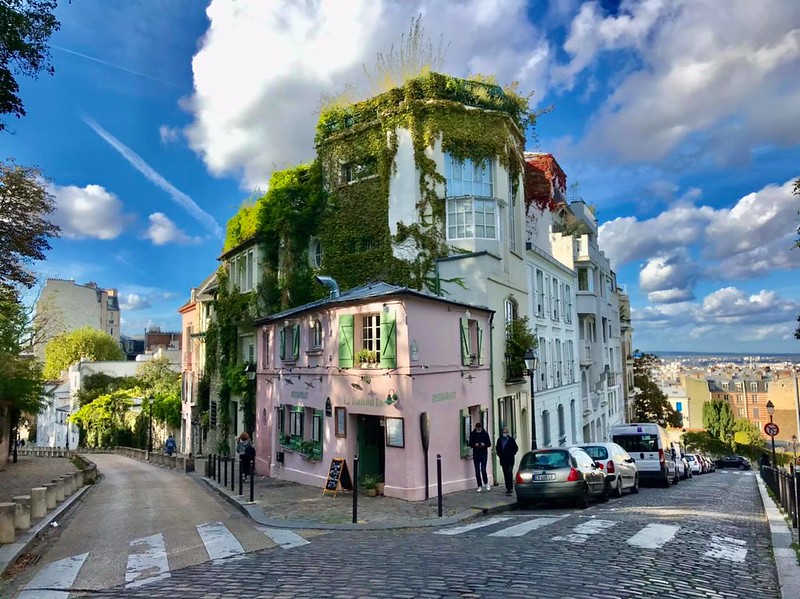
Montmartre
The best known of Paris’s former villages, Montmartre is known for Sacré-Coeur and the nearby artist square, Place du Tertre. However, there’s much more to the neighbourhood. Once a working class village on the northern fringes of Paris, Montmartre started to draw artists in the 1870s thanks to its cheap rent and free-flowing joie de vivre. A visit around its back streets guides you past small houses, windmills and the former residents and art studios of late 19th and early 20th century artists including Renoir, van Gogh, Suzanne Valadon and Picasso.
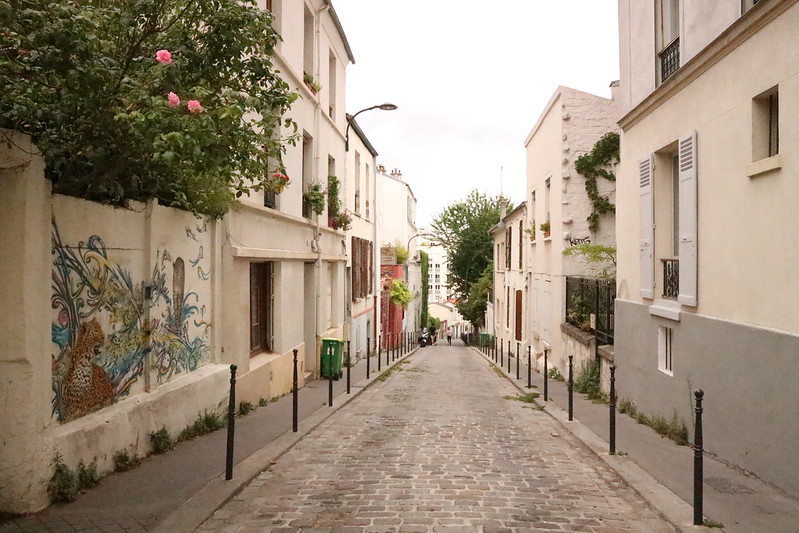
Belleville
The most rebellious of Paris’s former villages, the neighbourhood of Belleville still attracts more alternative Parisians. Its proximity to the gypsum quarries located on this edge of Paris brought in a working class popular. French music legend Edith Piaf spent part of her childhood in the area and famously claimed to have been born on rue de Belleville (instead of in the nearby hospital listed on her birth certificate). Reasonable rents also drew in waves of immigrant communities, including Greeks, Armenians, Tunisian Jews, Moroccans, Vietnamese and Chinese. This has created a vibrant cosmopolitan community peppered with, art studios, inventive restaurants and a laid-back vibe. A popular place with street arts, look out for their creations on your way to the top of the Parc de Belleville, where you can admire one of the nicest views of Paris.
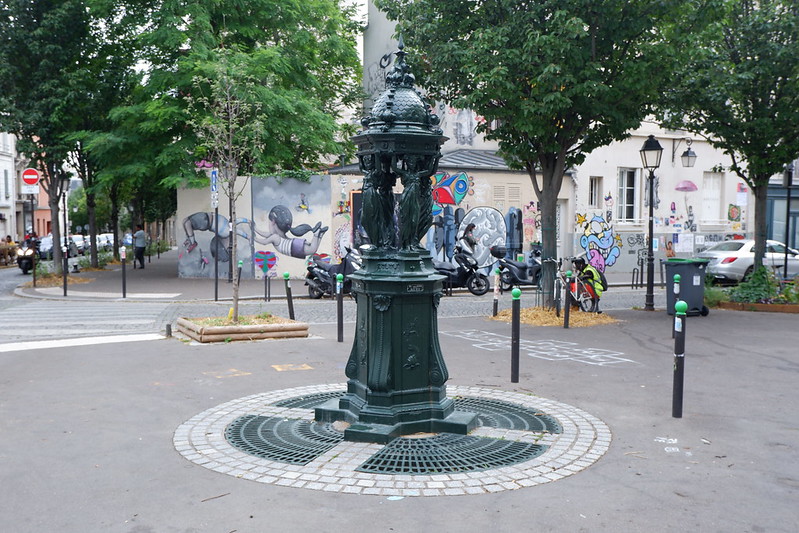
Butte-aux-Cailles
This village on a slight hill (or butte in French) in southeastern Paris developed around a vineyard that the area’s namesake, a certain Pierre Caille, bought in 1543. Today this small town ambiance still exists around a grouping of cobbled streets lined with relaxed bars and restaurants. You can soak up the countryside feel meandering the charming streets, like rue des Cinq Diamants, passage Barrault and rue Moulin des Près. You’ll eventually come to the place Paul Verlaine, the old main square of the village (pictured above). It’s one of the centres for street art in Paris, so look out for this along your way. You can end your stroll with a drink on rue de la Butte-aux-Cailles, its bars popular with students from nearby campuses of the University of Paris.

Passy
Now part of the chic 16th district, found across the river from the Eiffel Tower, this plain used to be owned by the lords of Auteuil and Passy. Villages grew up around both and there are remains here and there in the area. Track down the Maison de Balzac, a cottage turned museum where Honoré de Balzac lived for a time (more on it and other literary residences in this article). Then around the corner you can find rue Berton (pictured above). One of the narrowest streets in Paris and protected by high stone walls, it used to marked the border between the sprawling estates of Auteuil and Passy (the 1731 boundary sign is still posted). Poet Guillaume Apollinaire wrote about the lane in his 1918 book Le Flâneur des Deux Rives, describing it as “one of the most scenic corners of Paris.”
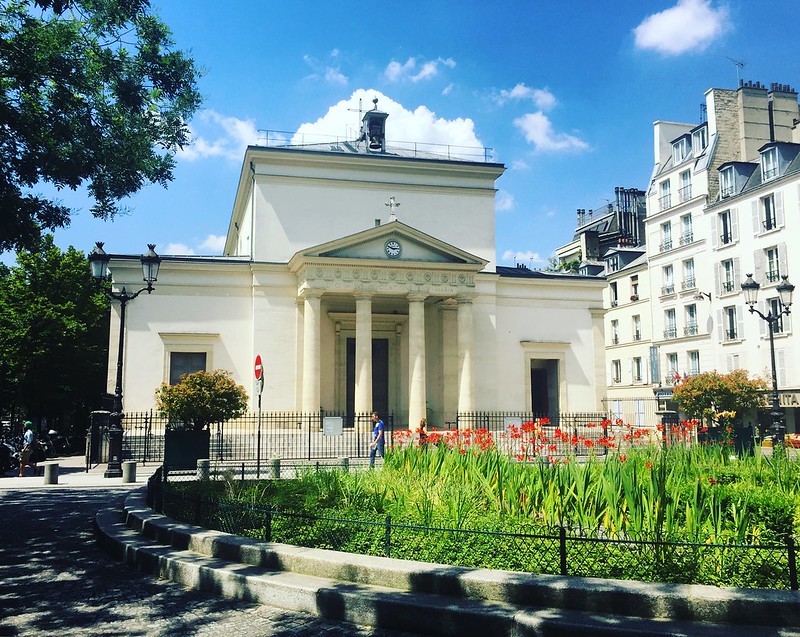
Les Batignolles
Until the French Revolution, the northwest section of what is now the 17th district, was one of the hunting grounds for Parisian nobles. In the early 1800s a village began popping up here, around the Place du Dr Félix Lobligeois. It encircles the neo-classical Église Sainte-Marie des Batignolles, built in conjunction with the square, and is fringed on the northside by the beautiful Square des Batignolles. Previously also home to the local town hall, the square can be your starting point for exploring this up and coming area, abundant in small designer shops, buzzing cafés and restaurants.

Charonne
Found to the east of Belleville, the former village of Charonne is one of the most charming relics of pre Haussmann Paris. This can be observed on the old “main street” of the village, Rue Saint-Blaise, and its parish church, the Eglise Saint-Germain de Charonne. The church itself goes as far back as the 12th century, but was remodelled in the 15th and 18th centuries. It sits above the village and also still has its former parish cemetery, only one of two that still exist (the other is next to Saint Peter of Montmartre). A walk down Rue Saint-Blaise, lined with cafés and boutiques, truly gives you a sense of make visiting a small French village.
